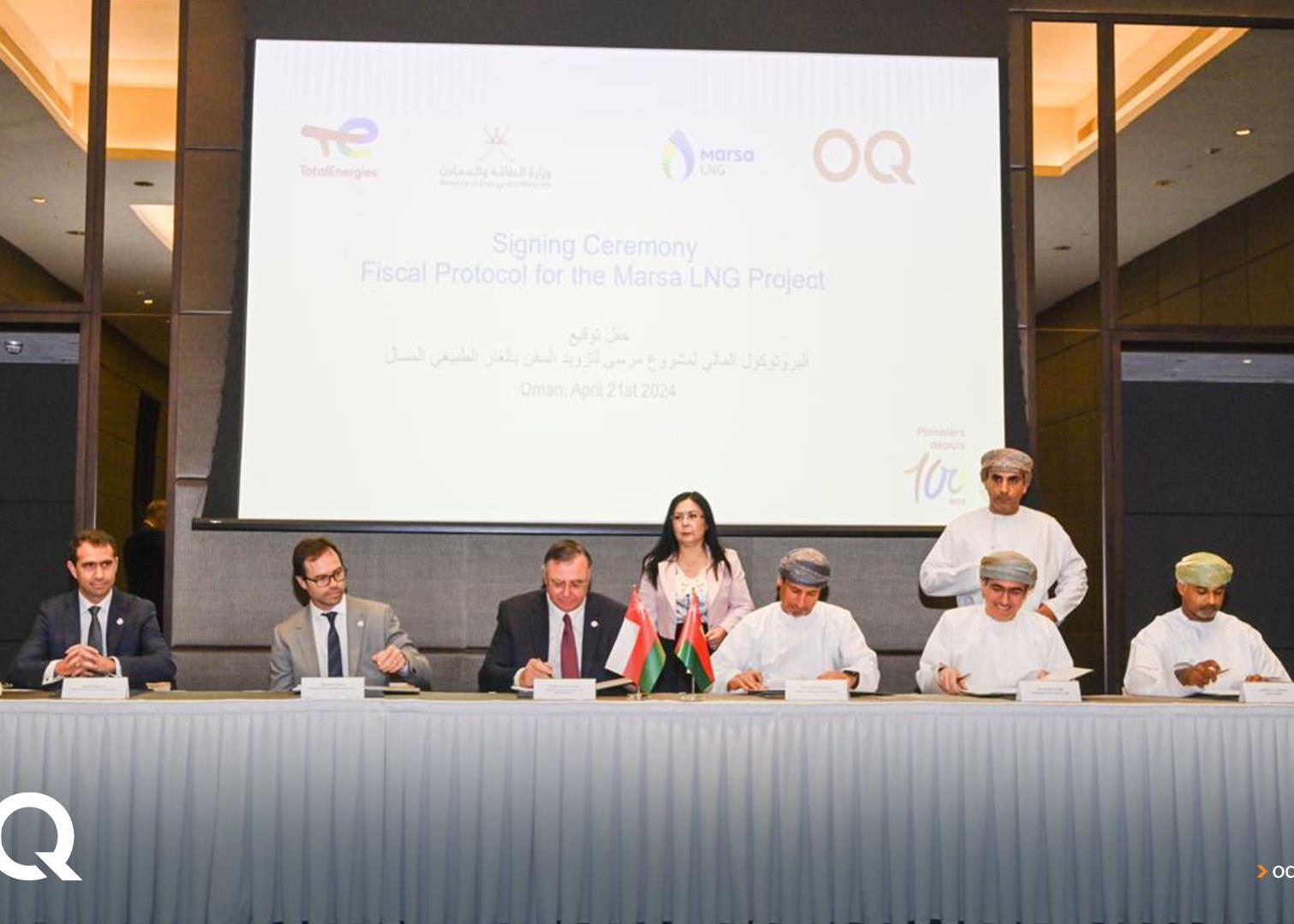
Middle East economies grew faster than the world average in 1993, but figured low among recipients of inward investment, the Basle-based Bank for International Settlements (BIS) said in its annual report.
Growing caution among commercial bank lenders saw a decline in their exposures to Middle East and eastern European borrowers at a time when other emerging economies chiefly in Asia and Latin America raised increased bank credit and had improved access to bond and equity markets.
In the Middle East, there was also a massive withdrawal of deposit holdings, reflecting OPEC countries' weak oil revenues, and high current account and budget deficits as well as, in the case of Iran, debt servicing difficulties, according to the BIS.
At the end of 1993, Middle East region banks' liabilities stood at $193,200 million, compared with assets of $76,000 million.
The Middle East and North Africa presented a picture of marked contrasts, the BIS said. Growth was low or negative in oil-exporting countries due to weak demand for oil and falling prices.
It was sluggish in countries such as Algeria and Egypt, where negative factors included social unrest. However, Jordan and Syria, benefiting from reform policies, recorded growth rates of 5-6 per cent, the BIS said.
Turkey faced severe macroeconomic problems in 1993 which led to a run on the lira in early 1994. Its current account deficit widened to almost 6 per cent of gross domestic product (GDP) and a large public-sector deficit fuelled domestic demand growth, leading to higher inflation and real exchange rate appreciation. Import volumes rose by one-third and there was a sharp rise in external indebtedness.
There was a $5,000 million rise in reporting banks' claims on Turkish entities, the BIS reported.
Although Turkey was a major Eurobond issuer last year, the gap between local interest rates and the rate of currency depreciation encouraged short-term banking inflows, until the rate of depreciation accelerated in March this year, the BIS said.
Stock markets and other instruments have started to open for increased business, but investment flows into the region remain disappointing. The BIS report focused on the newly industrialising economies (NIEs) of Asia and Latin America. Pakistan is among countries joining the NIE group, the BIS says. It did not produce data to measure the performance of emerging markets in the Middle East and North Africa.
You might also like...

Ajban financial close expected by third quarter
23 April 2024

TotalEnergies awards Marsa LNG contracts
23 April 2024

Neom tenders Oxagon health centre contract
23 April 2024

Neom hydro project moves to prequalification
23 April 2024
A MEED Subscription...
Subscribe or upgrade your current MEED.com package to support your strategic planning with the MENA region’s best source of business information. Proceed to our online shop below to find out more about the features in each package.




